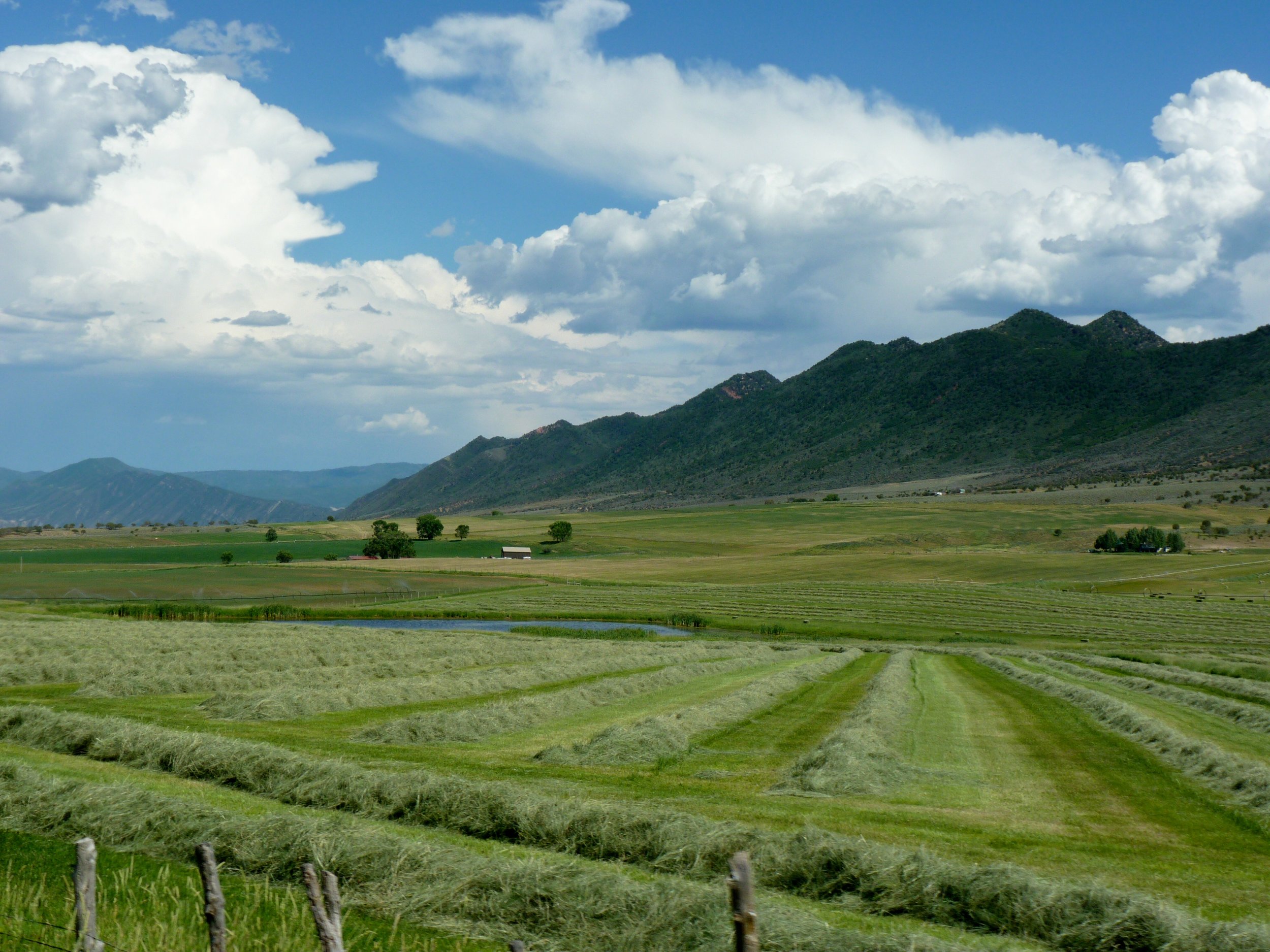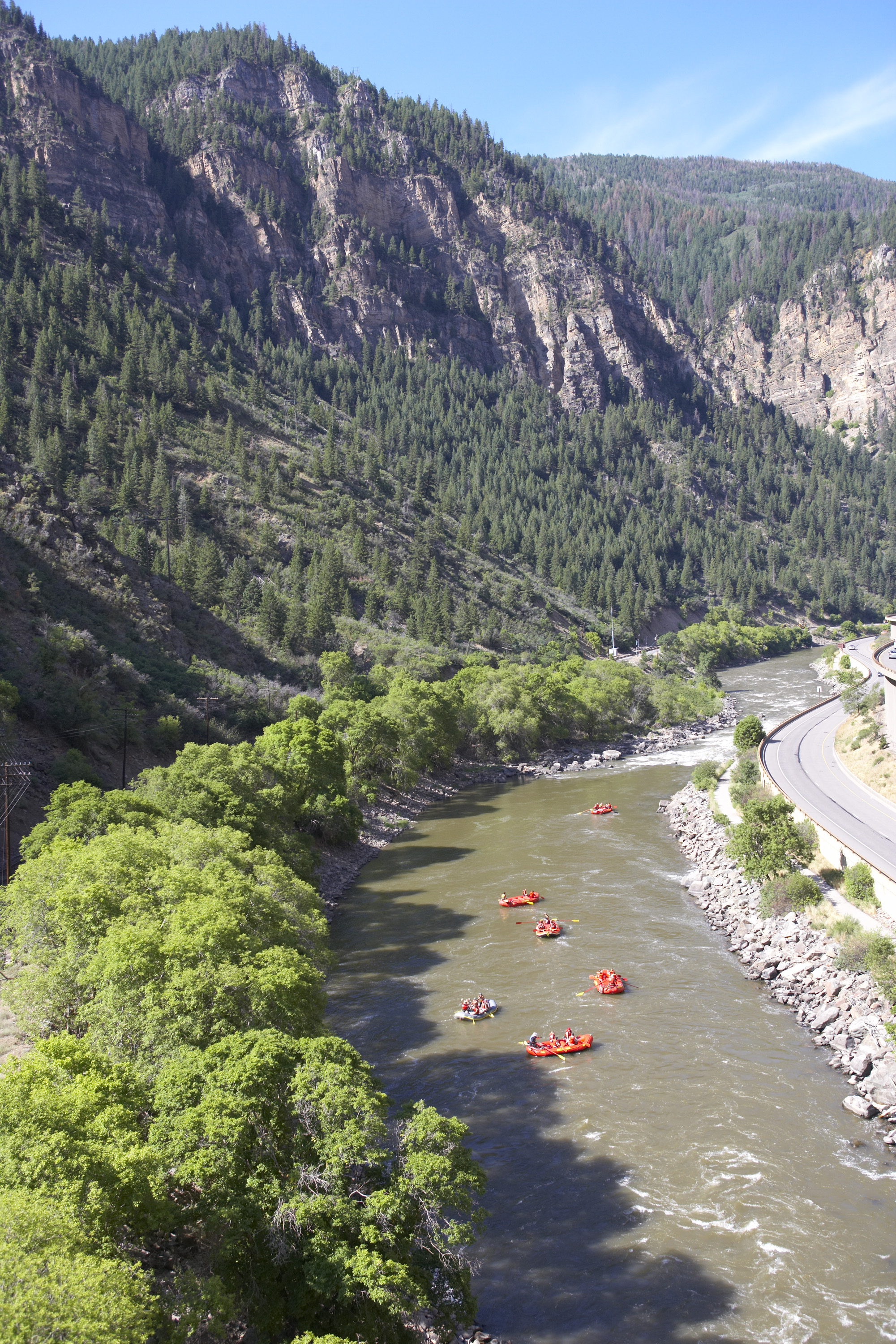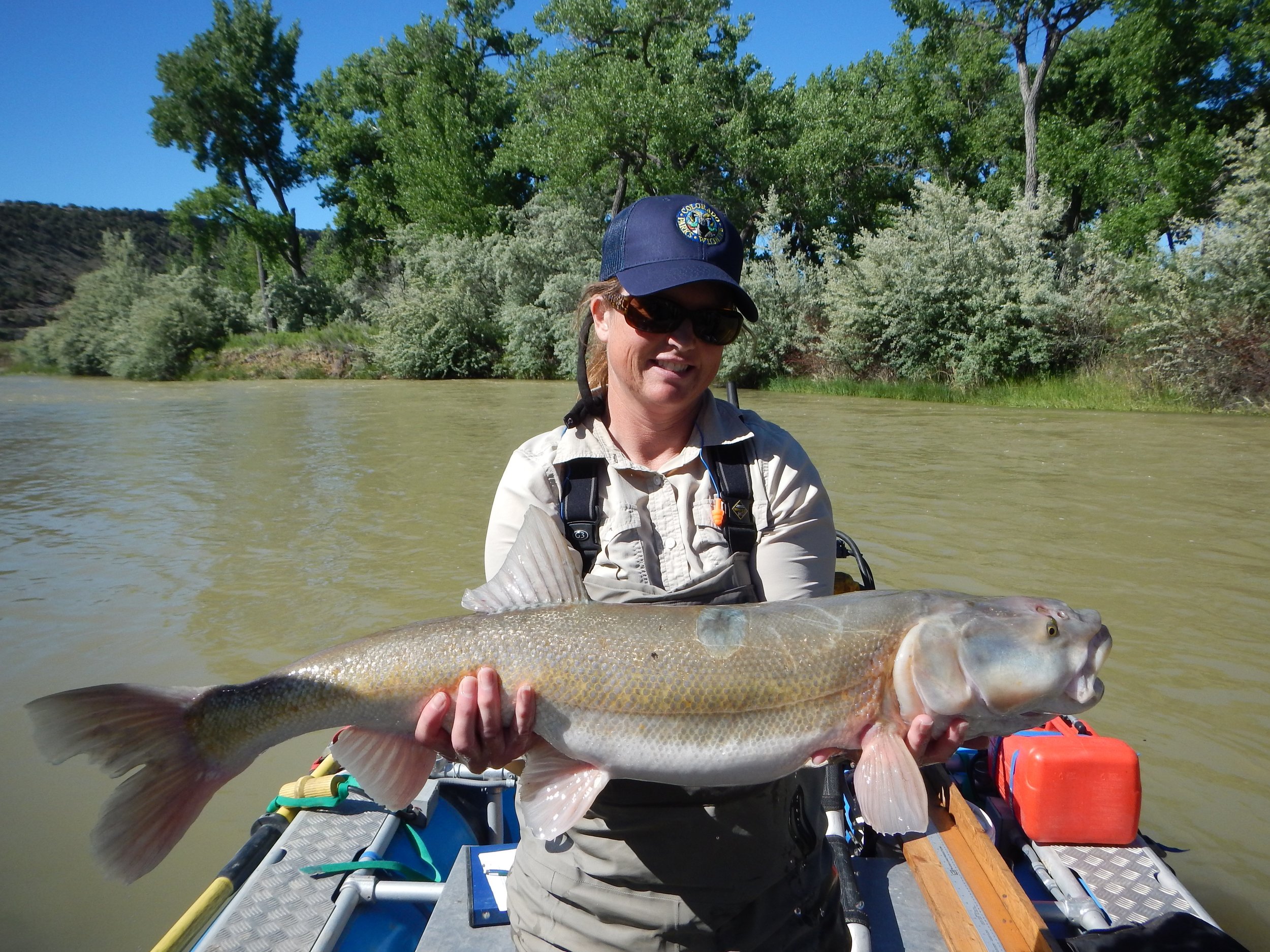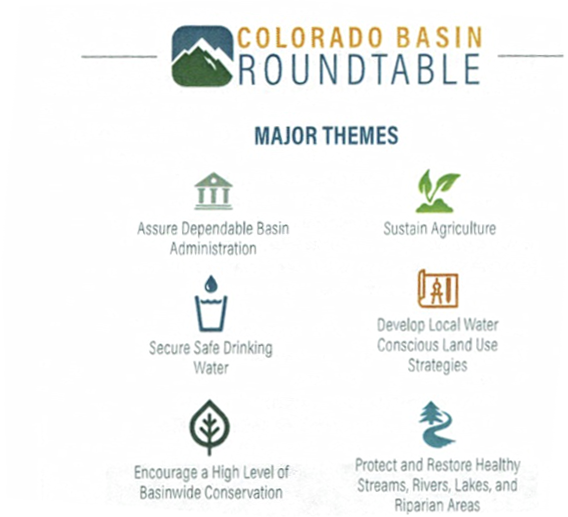The Integrated Water Management Plan
is a locally-driven problem-solving process that addresses the increasing likelihood of water scarcity and works for water security for all uses on the western slope.
Beginning in the summer of 2018, the Middle Colorado Watershed Council and Mt. Sopris, Bookcliff and South Side Conservation Districts stepped up on behalf of the communities in the Middle Colorado River Watershed to spearhead development of the Integrated Water Management Plan (IWMP). The fully stated goal of the IWMP is to to improve security for all water uses in the Middle Colorado River by understanding and protecting existing uses, meeting shortages, and maintaining healthy riverine ecosystems and agriculture in the face of increased future demand and climate uncertainty. Water users, water rights holders, community members and vested stakeholders joined in developing the plan.
Meet the Technical Team of Consultants that worked on the Project by reading HERE.
Wendy Ryan, Colorado River Engineering - Rifle, CO
Seth Mason, Lotic Hydrological - Carbondale, CO
Mark Beardsley, EcoMetrics - Buena Vista, CO
Quinn Donnelly, River Restoration - Basalt, CO
AJ Keith, Stillwater Sciences - Boulder, CO
Scott Schreiber, Wright Water Engineers - Glenwood Springs, CO
Important iwmp resources and iwmp-specific calendar
IWMP Fact Sheet
Water Education Colorado Headwater Magazine on Stream Management Plans (SMPs)
Chapter in Water Plan on SMPs
Colorado Basin Roundtable Table Basin Implementation Plan
MCWC IWMP Scope of Work
Mount Sopris, Bookcliff and South Side Conservation Districts IWMP Scope of Work
IWMP Community Engagement Plan
Lotic Hydrological Work Plan and Timeline
Colorado Mesa University Website for IWMP Framework Project
Why
Values, needs, and expectations associated with rivers and water use are expanding as economies and demographics in the Middle Colorado River evolve. The Middle Colorado River and its tributaries support the communities of Glenwood Springs, New Castle, Silt, Rifle, Parachute/Battlement Mesa, and De Beque. Each of these communities rely on Colorado River water in a variety of ways. Integrated planning offers the opportunity for our communities and their various economic sectors to come together to identify the collective water needs necessary to continue to improve and grow. Some of the issues we evaluated include:
Population growth. Garfield County (which encompasses most of the watershed) population was recently estimated at roughly 60,000 people. The County is expected to surpass 80,000 people somewhere between 2025 and 2030, and top 100,000 people between 2035 and 2040 according to a growth forecast from the State Demographers Office. More people demand more water.
Aridification. This term describes a period of transition to an increasingly water scarce environment that may becoming the new normal condition for our region. Future predictions spell out temperature‐induced runoff declines of 35% or more by the end of the century. Locally, we need to figure out efficiencies and how to do more with less water.
Colorado River interstate agreements. Water use in Colorado is ultimately governed by two interstate agreements on the Colorado River. Colorado is allocated a certain amount of use and if it fails to uphold its obligations under the agreements to other states, water use could be curtailed. The two agreements are the Colorado River Compact of 1922 and the Upper Colorado River Compact of 1948.
Agricultural water shortages and aging infrastructure. The south side of the Colorado River faces chronic shortages in available water to irrigate crops and raise livestock. As water becomes more scarce, the agricultural water gap is extending to all regions of the Middle Colorado River. In a time of reduced available water, plant water needs are increasing due to rising temperatures.
Impaired waterways. Native fish populations are on the decline in the watershed due to habitat and flow limitations. Waterways are becoming dominated by non-native, invasive vegetation that drive out the native vegetation preferred by wildlife. Water quality issues have been identified in various locations but require further study into pollutant sources and remediation solutions.
Demands for recreational uses. As our local communities are undergoing economic diversification, all appear to be turning to the stream and river corridors as prime opportunities for recreational development. Sufficient flows at key times of year along with environmentally-sensitive developed river access will be in demand as this sector of use increases.
Public lands. Beetle kill, forest fires, access roads and aridification are intersecting to impact the quality of the watershed.
An overview of the middle Colorado River watershed and its Conservation Districts.







